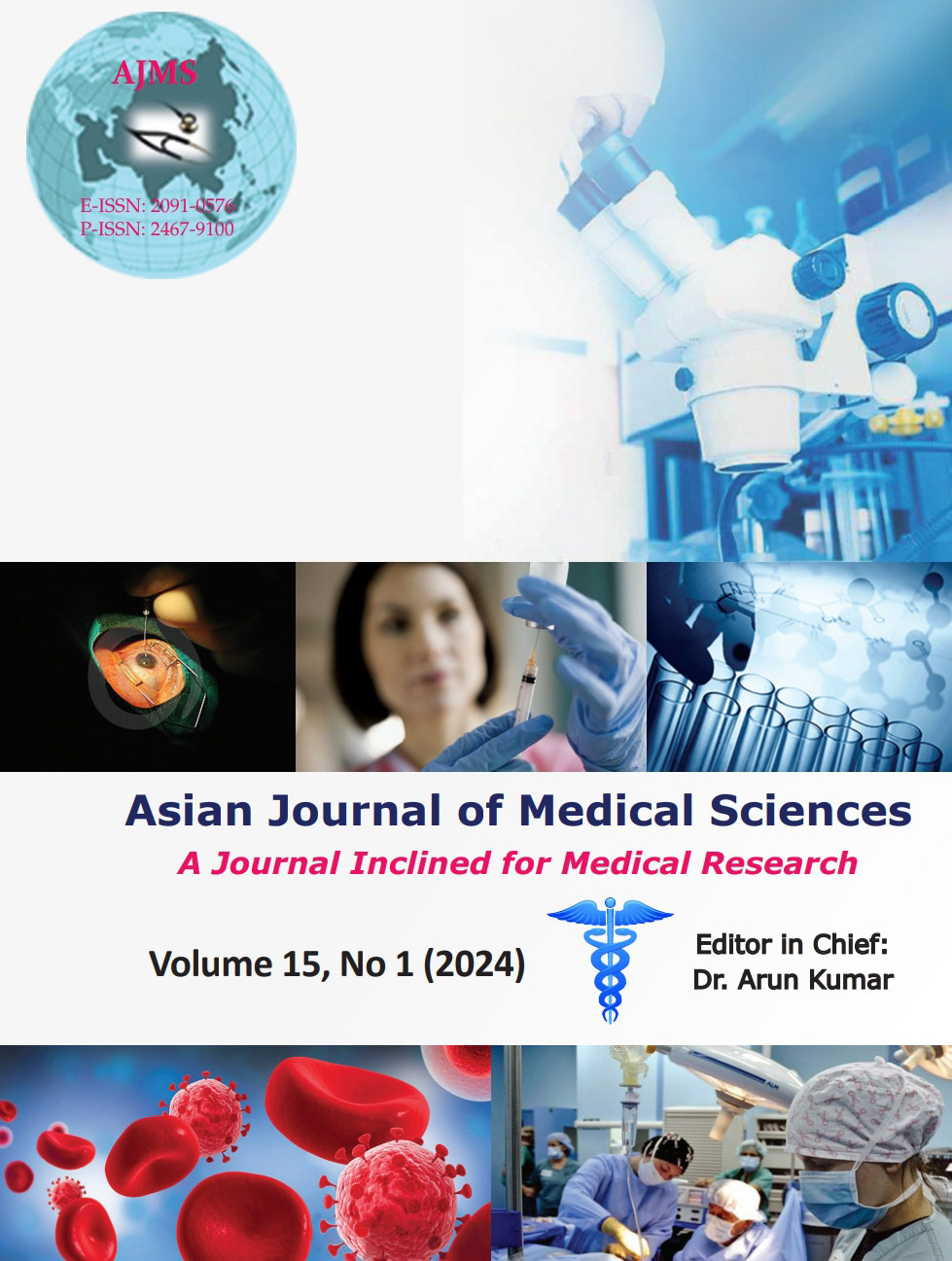Safety and efficacy of 30% hydrogen peroxide in seborrheic keratoses – A prospective and interventional study
Keywords:
Seborrheic keratosis; Skin; Epidermis; Keratinocytes; Hydrogen peroxideAbstract
Background: Seborrheic keratosis (SK) is a skin condition affecting the keratinocytes. Although various treatment options are available, the need for a simpler topical treatment approach is unmet. Hydrogen peroxide (HP) acts by forming free radicals and initiates apoptosis in cells.
Aims and Objectives: The aim of this study was to evaluate the safety and efficacy of 30% HP in SK.
Materials and Methods: This study was conducted on patients attending the Dermatology, Venereology, and Leprology at MGM Hospital attached to Kakatiya Medical College, Warangal and Government Medical College Mahabubabad, Telangana, during the period from December 2019 to May 2021. In total, 80 adult patients with SKs were enrolled. The study was approved by the Research Ethics Committee of the MGM Hospital attached to Kakatiya Medical College. This is a prospective and interventional study. Eighty patients will be treated with 30% of HP topically. A photographic record of the pre- and post-treatment appearance of lesions was maintained. Physician’s lesion assessment (PLA) score was evaluated on day 15th and 106th day after treatment. Local skin reactions (LSRs) were divided into mild, moderate, and severe categories. LSR was observed immediately after 2 weeks and 106 days of treatment.
Results: Most of the patients were of middle to elderly age group. SK lesions were most common seen over the head and trunk. The dermatosis papulosa nigra variant was the most common. PLA 0 was observed by day 15 in some patients after application. Of 30% HP, faster healing rates were observed in lesions over the face, and middle aged.
Conclusion: About 30% HP is a promising option for the treatment of SK.
Downloads
Downloads
Published
How to Cite
Issue
Section
License
Copyright (c) 2023 Asian Journal of Medical Sciences

This work is licensed under a Creative Commons Attribution-NonCommercial 4.0 International License.
Authors who publish with this journal agree to the following terms:
- The journal holds copyright and publishes the work under a Creative Commons CC-BY-NC license that permits use, distribution and reprduction in any medium, provided the original work is properly cited and is not used for commercial purposes. The journal should be recognised as the original publisher of this work.
- Authors are able to enter into separate, additional contractual arrangements for the non-exclusive distribution of the journal's published version of the work (e.g., post it to an institutional repository or publish it in a book), with an acknowledgement of its initial publication in this journal.
- Authors are permitted and encouraged to post their work online (e.g., in institutional repositories or on their website) prior to and during the submission process, as it can lead to productive exchanges, as well as earlier and greater citation of published work (See The Effect of Open Access).




